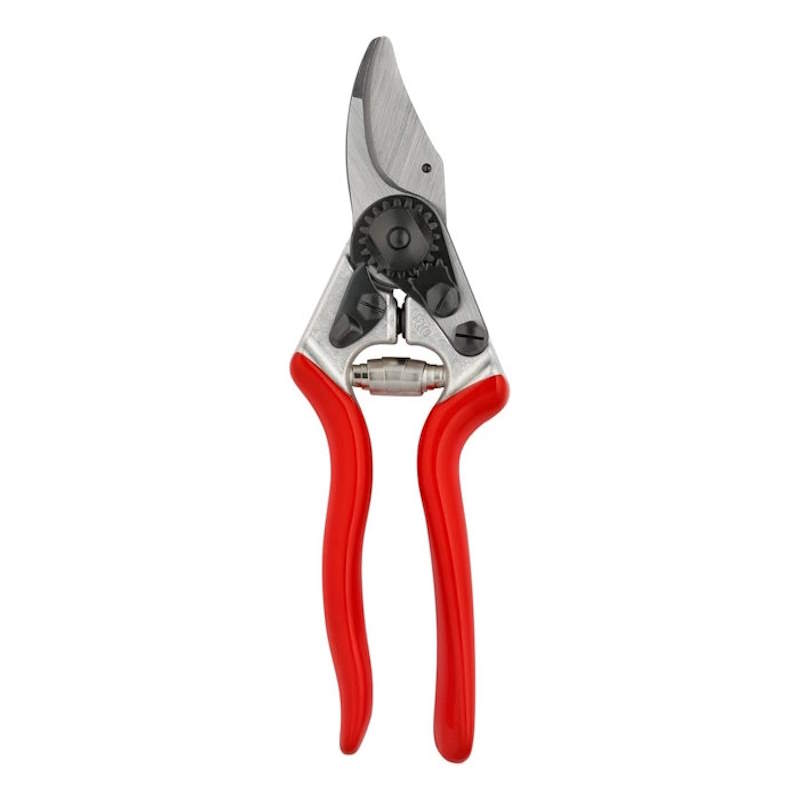Why you should prune pepper plants for healthier crops and bigger yields
Our in-depth guide to how to prune pepper plants - including why and when to prune

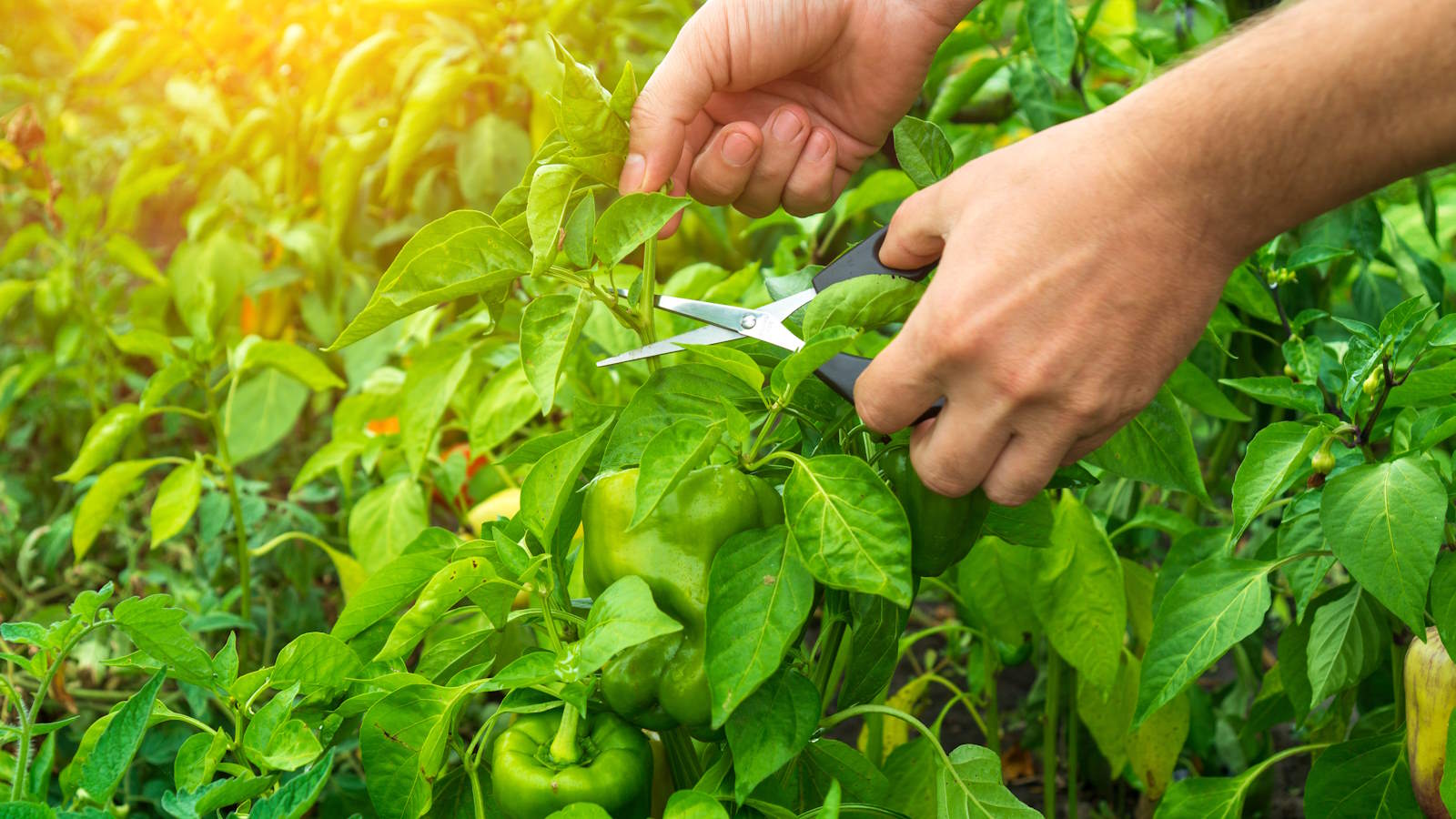
There is a huge variety of pepper plants to grow at home, from large sweet peppers to small fiery chilis and everything in between. A cavalcade of shapes, colors, and flavors to choose from, and plants are fairly simple to grow and care for.
Give them heat, light, water and nutrients and peppers will thrive. However, one thing that does split opinion on peppers is pruning. Everyone seems to agree on the importance of pruning tomatoes but few prune their fellow family member in pepper plants, but why?
Let’s shine a light on this issue and discover the benefits of pruning, along with when and how it should be done. Whether you grow chili peppers or grow bell peppers there is always something new to learn and it may pay dividends at the end of the growing season.
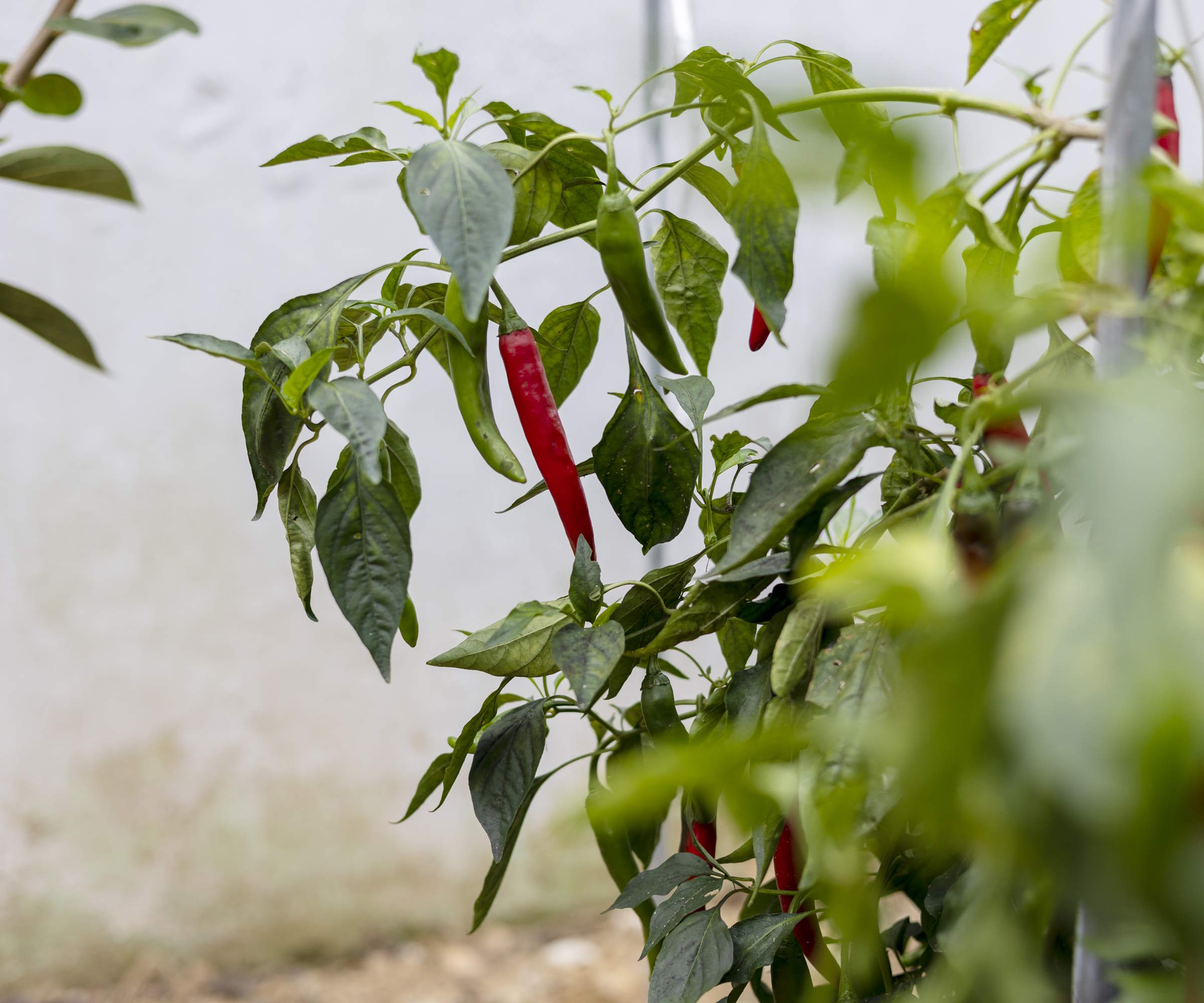
Do you need to prune pepper plants?
Pruning pepper plants is not strictly necessary and you can get a good harvest without it. However, it does offer several benefits including healthier plants and increased yields. In the same way that pruning tomatoes and cucumber plants is not an essential task, many growers do it every year to boost their harvests. So why not do the same with peppers?
Benefits of pruning pepper plants

There are many reasons for pruning pepper plants, from developing strong plants to ripening fruits at the end of the season. The three potentially most important grounds for pruning are:
- Healthier plants - Pruning pepper plants improves air circulation and light penetration throughout the plant, which reduces the risk of pests and diseases.
- Shapes the plant - Pruning pepper plants promotes the growth of sturdier stems and vertical growth, as opposed to bushy horizontal growth. The stronger stems will be better suited to carrying the weight of the fruits.
- Increased yield - Potentially the most important reason, pruning pepper plants can reward you with a bigger harvest. Victoria Cummins, a senior editor at PlantWhisperer, describes it as telling the plant to ‘focus your energy on growing bigger, juicier peppers’. She adds: ‘It's like giving your plant a pep talk. Pruning might feel counterintuitive, but trust me, it can boost your overall pepper yield.'

Victoria Cummins is a Senior Editor at PlantWhisperer and a gardening expert, specializes in permaculture. Her work focuses on building soil quality, cultivating fruit trees, and wild harvesting. Collaborating with homeowners, landowners, farmers, gardeners, and communities, she dedicates her expertise to healing landscapes and enhancing food production to create resilient, sustainable environments.
Do you prune all types of peppers?
There are many different types of chili peppers and sweet peppers to grow and they all have relatively similar care needs. When it comes to pruning, bell peppers will benefit the most from pruning - mainly due to their larger fruits. Chili peppers often need only a light trim and you can get a good harvest even if just leave them to run wild.
When to prune pepper plants?
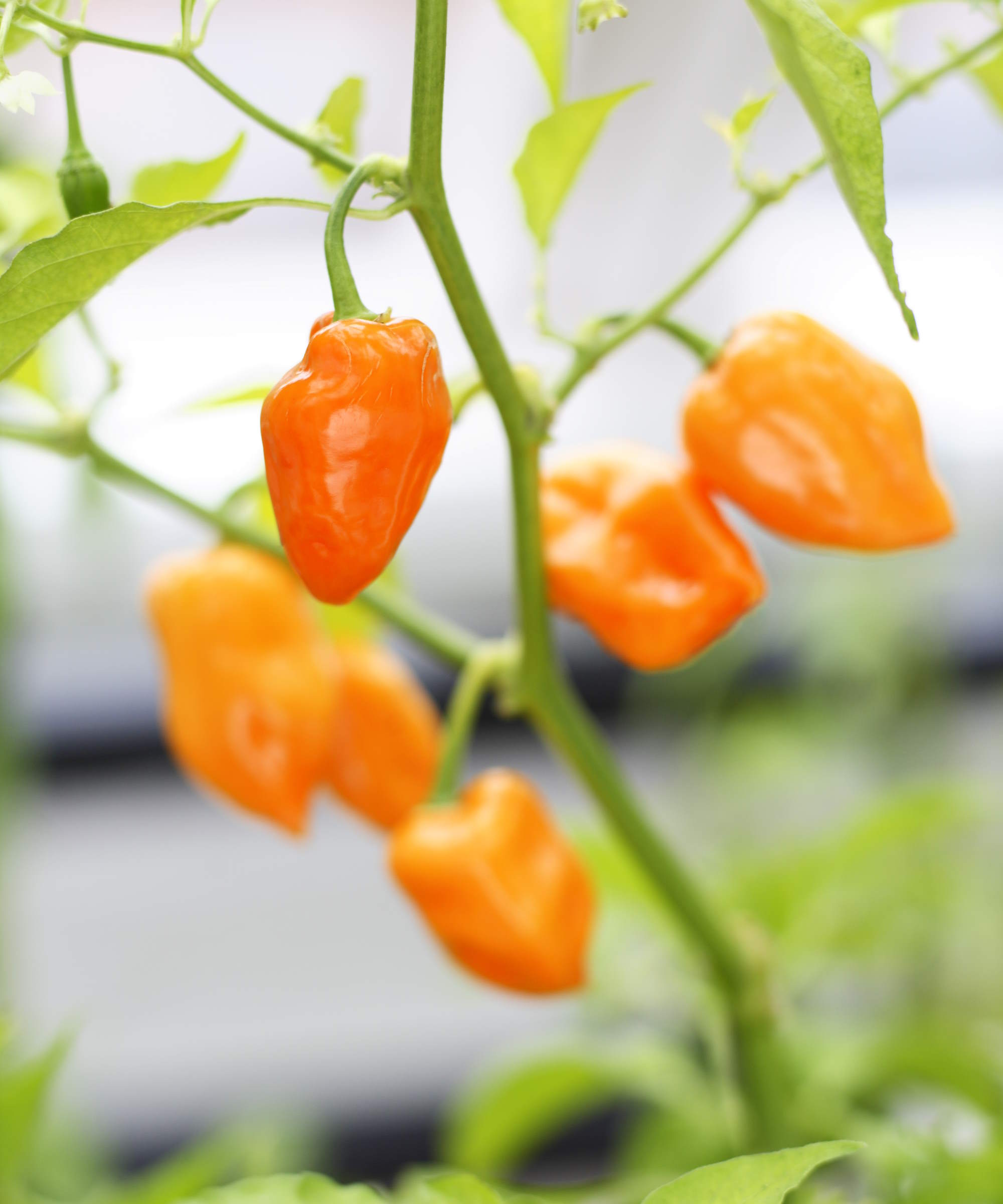
There are two main windows to prune pepper plants, at the start and end of the season.
Design expertise in your inbox – from inspiring decorating ideas and beautiful celebrity homes to practical gardening advice and shopping round-ups.
- Firstly, trim plants when transplanting seedlings into their final growing location, whether you have purchased transplants or sown seeds indoors to grow your own. This helps develop a stockier plant and grows a strong network of roots.
- Towards the end of the season, topping the plant encourages it to ripen the last peppers of the plant to get one final harvest. This is usually done about 4-6 weeks before the expected first frost.
How to prune a pepper plant
Always use clean and sharp pruning shears when pruning peppers. This prevents accidentally transmitting diseases around the garden from plant to plant and means you always make clean cuts. It is also recommended to only prune on dry days, trimming in damp conditions is a pruning mistake that can increase the risk of fungal problems affecting plants.
Early season pruning
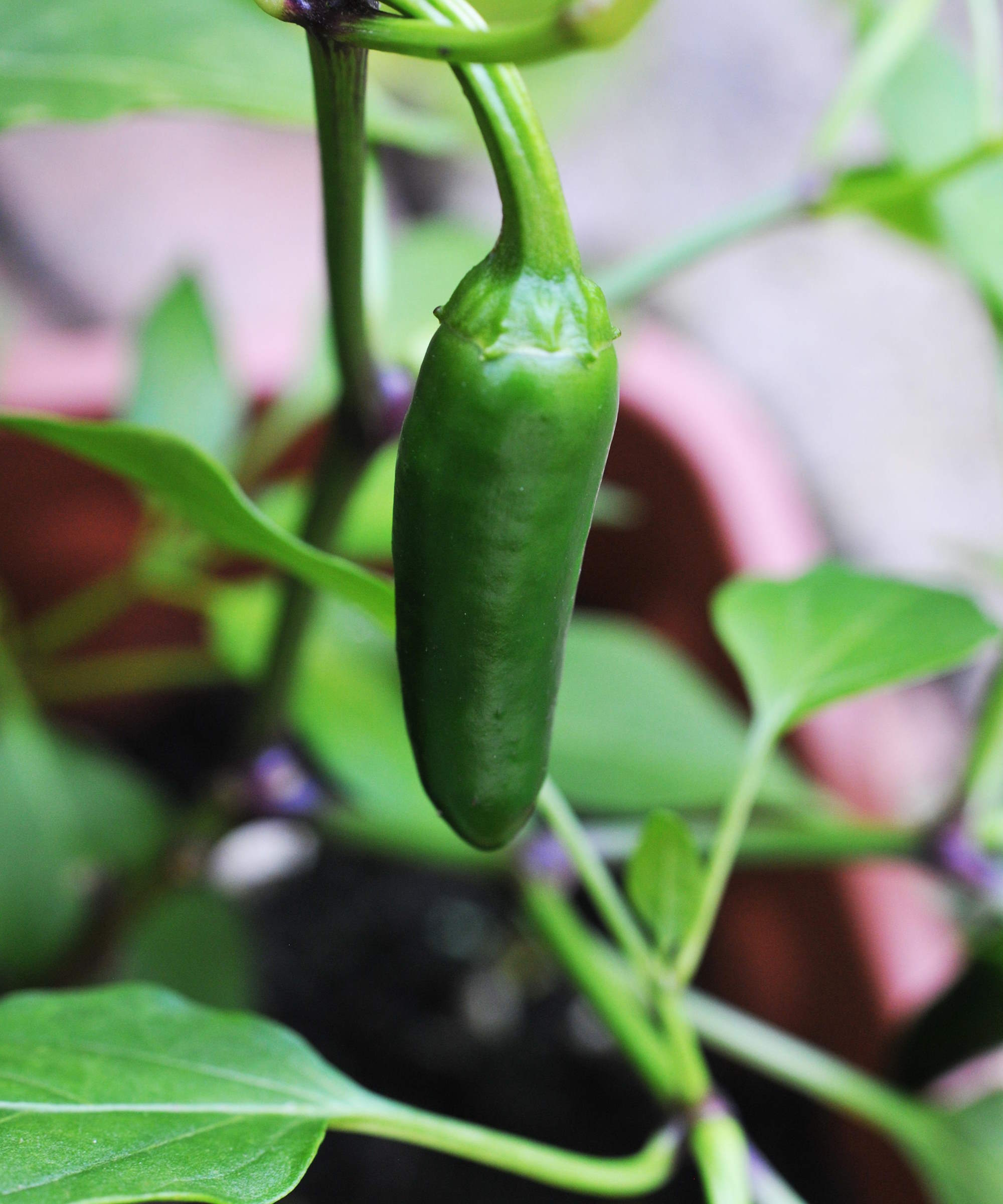
The early season pruning comes when the plants are 8-12 inches tall, typically when you transplant young peppers into their final growing space in the kitchen garden, or greenhouse if you are growing peppers indoors in cooler US hardiness zones. This can also be done within the first few weeks after planting.
‘For varieties that tend to grow tall and leggy, such as bell peppers and certain hot peppers, it's beneficial to prune the growing point,’ advises Tony O’Neill, experienced grower and author. Jalapeno, habanero, and shishito peppers are ideal hot peppers to prune early as they will produce more branches to carry the smaller fruits.
Bell peppers grow in a ‘Y’ pattern with branches growing in ‘Y’ shapes off the main stem. Once the plant is around 12 inches tall you will be able to spot the strongest ‘Y’ shaped stems and remove smaller branches and any suckers. As for chili peppers, the central growing point may be cut back to the second or third set of leaves.
Removing the first few flowers is also beneficial, as it focuses the plant’s energy on developing a strong set of healthy roots. This part of pruning may seem counterintuitive, as previously highlighted by Victoria Cummins, but the reward can be a bumper yield of fruits.

Tony O'Neill is a gardening guru, always ready to help anyone develop a green thumb. Through his website, Simplify Gardening, and his books on composting and vegetable gardening, he aims to demystify the art of growing everything from plants to produce.
Mid-season pruning
As the plants develop, removing side shoots helps focus the energy on producing larger fruits. Focussing the growth on a few main stems and taking away other side branches opens up the plant, increasing the sunlight that gets in and improving air circulation. This helps protect the plants from diseases, including powdery mildew.
Any leaves low to the ground are best removed, to prevent soil-borne bacteria that can be splashed up by watering. It also stops slugs or snails from eating the foliage. Keep a close eye on any diseased or damaged leaves and remove them quickly, as fungal issues can spread quickly.
Late season pruning

Towards the end of the growing season, removing foliage that blocks sunlight will help fruits to ripen. Then you want to top pepper plants a month before the frosts. This process involves removing branches that don’t have fruit, cutting all stems with fruit back by around six inches (or just above any fruit), and removing all flowers.
‘Giving your pepper plants a little top-off can work wonders. It's like sending them a memo that says, ‘Alright, folks, let's wrap it up’, says Victoria Cummins. ‘This encourages the plant to stop putting out new flowers and tiny peppers that won't have time to reach full potential. Instead, it channels all that energy into ripening the peppers already on the plant. It's a great way to get one last hurrah of ripe, delicious peppers.’
If you want to overwinter pepper plants, as they can be grown as perennials, give them a final dramatic prune to only a few inches above the soil line and bring them indoors to protect them over winter.
Shop pruning shears
FAQs
How to prune pepper plants in pots?
Whatever peppers you are growing, whether sweet peppers or you grow jalapeno peppers in a pot, the same pruning guidance above applies. Trimming side shoots to focus the plant’s energy on just a few stems may be beneficial to prevent the plant from spreading too much and potentially toppling under the weight of lots of fruit.
With peppers in pots, consider trimming them at planting, remove dead and damaged leaves, and top them late in the season. Plants in pots can be brought indoors to protect from frosts but will still benefit from being topped once the heat and light levels drop, as they will enter dormancy once temperatures get under 50F.
Are you now tempted to prune your peppers this year to see if you can boost your yield for the season? It might be a job to add to your summer gardening checklist, even if you just experiment by trying the technique on one or two pepper plants to compare the results.

Drew has worked as a writer since 2008 and was also a professional gardener for many years. As a trained horticulturist, he worked in prestigious historic gardens, including Hanbury Hall and the world-famous Hidcote Manor Garden. He also spent time as a specialist kitchen gardener at Soho Farmhouse and Netherby Hall, where he grew vegetables, fruit, herbs, and cut flowers for restaurants. Drew has written for numerous print and online publications and is an allotment holder and garden blogger. He is shortlisted for the Digital Gardening Writer of the Year at the 2025 Garden Media Guild Awards.
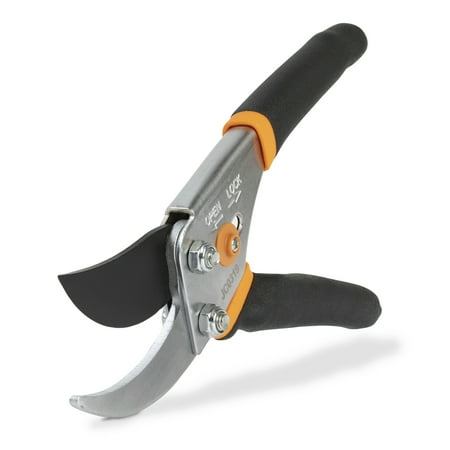
![Tonma Pruning Shears [made in Japan] 8" Bypass Hand Pruners, Garden Scissors Clippers, Plant Trimmers](https://cdn.mos.cms.futurecdn.net/kq8bCJ4eoJd8woahvgbDFJ.jpg)
